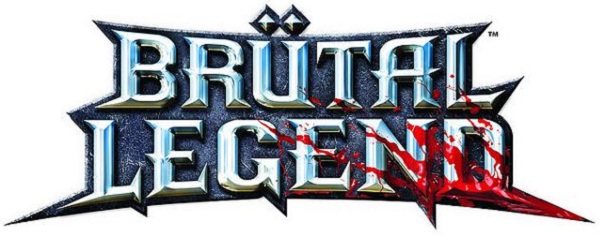 Brütal Legend is, in most cases, a swell game. “Just swell?” you ask, thinking that usually when I like a game, I have trouble using adjectives that aren’t “awesome.” But yes Brütal Legend, is only swell. And while many of its parts far exceed that and delve deep into the realm of the aforementioned awesome, the sum of those parts is maybe a little lacking. Now I bet you’re thinking that such a complicated summary of a game’s worth will require an even more complicated explanation. And I’d be glad to give you one!
Brütal Legend is, in most cases, a swell game. “Just swell?” you ask, thinking that usually when I like a game, I have trouble using adjectives that aren’t “awesome.” But yes Brütal Legend, is only swell. And while many of its parts far exceed that and delve deep into the realm of the aforementioned awesome, the sum of those parts is maybe a little lacking. Now I bet you’re thinking that such a complicated summary of a game’s worth will require an even more complicated explanation. And I’d be glad to give you one!
Let’s start at the start here. The game opens with a live action skit featuring Jack Black, and right there we’ve already got controversy. Most people I know are not fans of Jack Black, and I don’t really blame them. I myself think he has a ton of potential, he just chooses some lots of bad roles. Look at School of Rock, for example. Great movie. Peter Jackson’s King Kong? Yup, he can act. Tenacious D and the Pick of Destiny? Oh, and musical talent too! Kung-Fu Panda was great and anyone who disagrees with me can go to Hell. Anyway, for each one of those movies, Black has been in about seven that were just plain bad, so it’s definitely not an even split.
Brütal Legend adds a huge credit to his name, as I am convinced that it is some of the best work he’s ever done. Though he is mostly a voice actor, Black did influence his character, Eddie Riggs, in the later stages of development, and helped choose the best tracks for the game’s fantastically comprehensive soundtrack. Anyway, the intro features Black, going into a music store, hoping to show the player an incredibly rare, unusually powerful record. The whole scene is fairly comical, but also highlights Black’s passion for music. This is where you first see where the inspiration for the game came from. The record he finds then (obviously) ends up being titled Brütal Legend, and opens up to reveal the main menu. It’s a lengthy and perhaps excessive intro, but through it alone, you can tell that the game is a labor of love.
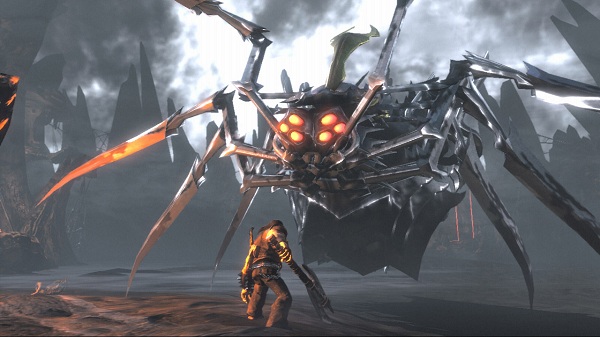 That love, to be specific, is for metal. And I’m not talking periodic table metal here. I mean the fastest, loudest, most genuine kind of music known to man. Tim Schaffer, the game’s creative director (and mind behind gems like The Secret of Monkey Island and Psychonauts), set out to make the ultimate video game tribute to heavy metal, and I don’t believe that (outside of Guitar Hero 2, perhaps) a better claim to the title exists. Brütal Legend’s world is maybe not as gigantic as some, but it’s certainly more interesting. Where other open-world video games feature fairly generic cities with little original scenery and only a handful of truly interesting things to see, the world of Brütal Legend was built specifically to catch your eye at every corner.
That love, to be specific, is for metal. And I’m not talking periodic table metal here. I mean the fastest, loudest, most genuine kind of music known to man. Tim Schaffer, the game’s creative director (and mind behind gems like The Secret of Monkey Island and Psychonauts), set out to make the ultimate video game tribute to heavy metal, and I don’t believe that (outside of Guitar Hero 2, perhaps) a better claim to the title exists. Brütal Legend’s world is maybe not as gigantic as some, but it’s certainly more interesting. Where other open-world video games feature fairly generic cities with little original scenery and only a handful of truly interesting things to see, the world of Brütal Legend was built specifically to catch your eye at every corner.
The world is filled with amazing landmarks and geographical oddities, the creative minds behind it saying that it’s supposed to represent the types of imagery one would see on the covers and inserts of metal albums, and it doesn’t disappoint. Gigantic stone swords and axes are plunged into the land, the face of one particular cliff is made entirely of huge speakers, trees are made of exhaust pipes and have tires hanging from them. There are plenty of truly amazing landmarks throughout the land, and the game designers even thought to add in viewing stations near the bulk of them that trigger short cutscenes so player can view said landmarks from more optimal angles, should they be so inclined.
Not everything in the world is right though. While it’s a small complaint, there are invisible walls here and there, which are not cool. They’re most noticeable in the jungle area, where it’s fairly impossible to walk to the back side of the jungle temple. One time I glitched my way back there and wasn’t able to get out without a save and reset. The other ones are mostly around the higher areas of mountains that you’re not supposed to be able to get up anyway, but I figure that if you can wiggle up there, the game should let you; not stop you with an outdated gameplay contrivance. It’s sort of important to the story that you don’t wander the eastern half of the world until the plot lets you, but I’m still a little put out that I can’t break the game because of invisible walls.
Another low point is that the world is littered with collectible baubles, which are always a pain to hunt down. Though unlike most games, the rewards you get for looking for them are a little better than being able to claim that you got them all. The aforementioned landscape viewers are their own reward, of course. There are 120 dragon statues bound in S&M gear (ball gag included), and freeing them will net you character upgrades after every ten. 13 “Legend” statues dot the landscape, which will each show you a brief snippet of the game’s back story upon finding them. The 9(?) solo monuments will grant you new guitar solos, which are Eddie’s equivalent to ocarina tunes. Finally, there are many, many “buried metal” statues to unearth, and each one adds a new song to your playlist. These are the least useful, but definitely the ones I got most excited about finding.
In the end, the lack of complete freedom is insignificant because trucking around the parts of the world that are available (re: everything but the mountaintops) is super fun. This is attributed to two things. Number one is that Eddie has the best car ever. The Deuce, AKA the Druid Plow, drives fast, handles well, and is great at being an instrument of death. Yeah, you could just pump the nitros and ram wildlife to death, but if you explore enough (and why wouldn’t you?), you can find gates to the underworld, where Ozzy Osbourne the Guardian of Metal will pimp your ride. The best upgrades are unlocked by progressing through the story, and by the end you can have the Deuce decked out with missiles, lightning cannons, mines, flamethrowers, and more. Granted, you can only equip one main and one secondary weapon at a time, but really, once you get the lightning gun, there’s no need to go back.
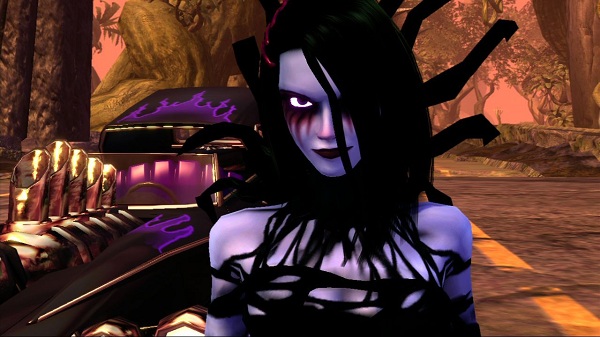 The other reason you’re going to take the time to roam the land is because of the Deuce’s Mouth of Metal. Or in layman’s terms: the radio. Brutal Legend has one of the best video game soundtracks that I’ve ever heard, right up on par with Guitar Hero 2 and Tony Hawk’s American Wasteland. Possibly even better. If you were to look up the track list, you might think that it lacks variety because where are the Top 40 songs? And if you asked that, stop reading after this paragraph. Leave my website, turn on your oven, and put your head in it. Leave in until golden brown.
The other reason you’re going to take the time to roam the land is because of the Deuce’s Mouth of Metal. Or in layman’s terms: the radio. Brutal Legend has one of the best video game soundtracks that I’ve ever heard, right up on par with Guitar Hero 2 and Tony Hawk’s American Wasteland. Possibly even better. If you were to look up the track list, you might think that it lacks variety because where are the Top 40 songs? And if you asked that, stop reading after this paragraph. Leave my website, turn on your oven, and put your head in it. Leave in until golden brown.
For all of you still with me, you are the kind of people we need to make the world a better place. Go and procreate, and teach your children the wonders of metal. But wait until you’re done here, of course.
Back to the story at hand, playing Brütal Legend is fun because when you’re doing it right, you’re listening to the biggest and most comprehensive history of metal ever included in a video game. The soundtrack is made of 107 songs hand-picked by Schaffer, Black, and a few others to be the best that it can be. Sure, maybe it does seem like there are a lot of Judas Priest, Motörhead, and Black Sabbath/Ozzy Osbourne songs, but there’s a perfectly good explanation for that: Rob Halford, Lemmy, and Ozzy are all voice actors in the game. Yes, maybe the playlist could have been fleshed-out a little more if they’d limited bands to one or two songs each, but the fact remains that Judas Priest, Motörhead and Black Sabbath/Ozzy Osbourne are all worth multiple songs, as they are all hugely influential bands and easily deserve the spots. What really matters though, is that driving across the world at top speed with this soundtrack blasting is incredibly fun. It made scouring all the corners of the world for all those tchotchkes bearable, and made just playing the game in general much more awesome.
And all that was just as an aside to the rest of the game. Or perhaps I should say, the main focus of the game. While the actual story isn’t really great (the back story found in the legend statues is much more interesting, if not a bit hammy), all the nuances of the characters and the quality of the voice acting really make it worth playing. Eddie Riggs in particular is the exact opposite of the usual Jack Black character, who is a doofus and learns over the course of the story to be a better person. Eddie is already awesome. In fact, he is the world’s greatest roadie. His mantra from the beginning of the game is that roadies belong in the shadows, helping to make the true stars shine. He never wavers from this throughout the entire game. He knows his place is to be in a support role, and does his best to help human resistance leaders Lars and Lita save humanity from the evil Doviculus and his demon army, the Tainted Coil.
While the story is fun, playing the main game is… kind of all over the place. And this is where the game takes its biggest hit. The first few questss of the game have you playing as Eddie, marching around and whacking dudes. Sometimes other people follow you, and you can give them basic orders. These parts are okay, but the combat controls feel odd, almost like they were a second thought. And then very slowly it turns into a real-time strategy game, with a base and units and resources and everything. Well, maybe not everything. It’s sort of like a My First RTS, being pretty simple, with only one resource, and all the little elements introduced to the player one by one. And all the while, you’re still controlling Eddie, so you can try to win by marching around and whacking dudes, but it won’t work. Even on the normal difficulty, by the final battle the difficulty had gotten pretty ridiculous. Not that it’s incredibly hard, but it seems that like in most RTS games, the CPU doesn’t need resources to pump out legions of troops.
While they aren’t done really well, the RTS segments, or “stage battles” are fairly fun. The units for each faction are original and have tons of personality, and each faction leader has a different set of abilities to employ via guitar solos. Eddie’s ultimate attack, for instance, summons a giant flaming zeppelin to crash onto the battlefield to smite his foes. The reference alone is wonderful, but actually watching it happen is like magic. Your base, as the title “stage battle” implies, is a stage, and despite it being the only base you have (no building micromanagement here), it’s really cool. Not only does it blare a different set of songs for whichever faction you’re playing as, but you can also hop up on it to blow enemies away with a blast from the amps, or fry them with spotlight cannons.
The rest of the game is made up of a handful of other mission types. Some have you protecting the Ironheade tour bus, others have you piloting a turret to take out bad guys from above while your foot soldiers protect you. The one that is the most fun, however, requires you to drive around in the Deuce as waves of enemies approach and lay down markers for a mortar cannon. It’s a little tricky at first, and you get no indication of where the next enemy wave is coming from, but a perfect shot results in enemy corpses flying everywhere. It’s incredibly satisfying. And the music ties back into these other missions as well, as each story mission which is not a stage battle plays a new song, and once you complete the mission that song is added to your accessible playlist.
Two of these events in particular stand out, mostly because of the perfect blend of action and metal. The first is at the end of the first third of the game, where Eddie and company have defeated Doviculus’ glam metal general, Lionwhyte, and his gigantic pleasure dome is collapsing around them. Massive monsters (called Bleeding Death) are falling from the sky, and everything around you is burning. You have to race through the rubble and creatures before you get crushed, burned, or devoured. It’s a hectic scene, as you cannot stop and the path isn’t always clear. Tension is high, and the chosen song for this particular setpiece is Dragonforce’s “Through the Fire and the Flames,” which is perfect, if only because your destination is literally through the fire and the flames. The song is fast, powerful, and really lends to the situation’s sense of urgency. The blistering guitars feel so natural as you’re pushing the Deuce as fast as it can go, and the sounds of screams and explosions rocking the dome mesh right in with the music.
It’s a fantastic part of the game, and while it only lasts about two minutes (and the song is closer to nine) if you get it right, it made a very strong impression on me. My adrenaline was pumping, and it will probably be a moment in gaming that I will remember for a long time. But it’s not perfect. Like I said in the previous paragraph, the path isn’t always clear. The track is created dynamically as the place falls apart, which creates situations where it looks like you go this way but then a pillar smashes to the ground in front of you. I failed this section many times (most because I tried to kill the Bleeding Death), and failure resets the whole scenario. Listening to the first 30 seconds of “Through the Fire and the Flames” over and over? Not as great as listening to the whole song.
The other specific scenario that really stands out from the rest is the final boss fight. And why shouldn’t it? It’s the final boss after all. There are a total of… three? Maybe even only two boss battles in the entire game. If there are more, clearly they were overshadowed to the point of being forgettable. But the final battle against Doviculus (Oh, it’s not a spoiler. It would be a spoiler if there were another eleventh-hour final boss.) is really cool. Maybe it’s because it’s set to Judas Priet’s “Painkiller,” which makes everything better, but I thought it was a pretty great fight. For Brutal Legend anyway.
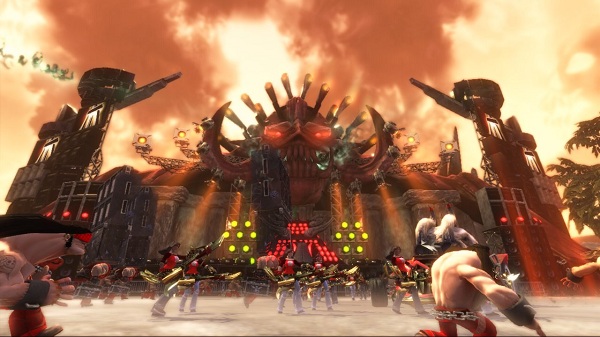 The bosses are one-on-one affairs (er… sort of, they can both summon minor enemies), and that’s why it kind of stumbles. Again, while on foot, Eddie’s combat controls aren’t great. They use a Zelda-esque lock-on system, but it feels unrefined and maybe less responsive than it should be. Enemies are also very resilient, and their attacks are rarely interrupted by hits. They also tend to track you as you dodge, so even if you get out of the way while they’re winding up for an attack, they might still end up facing you by the time it launches. These are huge issues when surrounded by baddies, which results in you taking a lot more damage than you should, but it’s not quite as bad mano-e-demono.
The bosses are one-on-one affairs (er… sort of, they can both summon minor enemies), and that’s why it kind of stumbles. Again, while on foot, Eddie’s combat controls aren’t great. They use a Zelda-esque lock-on system, but it feels unrefined and maybe less responsive than it should be. Enemies are also very resilient, and their attacks are rarely interrupted by hits. They also tend to track you as you dodge, so even if you get out of the way while they’re winding up for an attack, they might still end up facing you by the time it launches. These are huge issues when surrounded by baddies, which results in you taking a lot more damage than you should, but it’s not quite as bad mano-e-demono.
There are two phases to the Doviculus fight: one where you hammer the attack button and maybe try to dodge once in a while. After getting enough of a beating, he’ll chain himself to the wall and start summoning minions. There are also explosions, and a Bleeding Death will eventually start swiping at you through the wall. Blasting the chains holding Doviculus to the wall will bust them apart and once they’re all gone, you go back into phase one. Repeat a couple times, and the world is saved. It does get a little crazy up in there by the third round, and just like the pleasure dome escape, “Painkiller” fits the mood perfectly. It’s an epic, powerful song, and is a perfect complement to a rock n’ roll showdown between good and evil. Though after the annoyingly difficult stage battle that precedes it, the fight does come off as a bit of a cakewalk in comparison.
So while the gameplay could have been a little more focused, it’s not bad. Should a sequel crop up someday, I think it would benefit from losing the on-foot missions and refining the stage battle mechanics. Keeping Eddie in the air (he can eventually fly during stage battles) or in the Deuce for the bulk of the game would help to even out the quality of gameplay. It’s fine to let him roam free when you’re actually roaming free, because exploring the world is the most fun you’ll have in the game. Maybe equip Eddie with an iPod so you can listen to the kickass soundtrack while on foot. But when it comes to missions, I think they have a good thing going with the stage battles, and focusing on them and tightening up the mechanics and balance would make it great. Or take them out and go all-out with the adventure aspect. Make Eddie more nimble and fix how enemies react in combat. Hell, just copy the Zelda physics wholesale. Nobody would care.
Either way, it’s just a matter of polishing the gameplay aspect of the game. Brütal Legend has a perfect sense of atmosphere, and while the plot lacks a little, there’s plenty of personality to back it up . It’s the first game in a long time that I sat down with, and I played until I beat it. These days it’s rare for me to actually finish a game without putting it down and then picking it back up weeks or even months later. I think there was a three week period at most between the day I started Brutal Legend and the day I finished it. I also have a thing where I get scared of advancing in games. I don’t know what it is, but somehow I always get to a point where I don’t want to start the next mission or go into the next dungeon. I don’t know why, but I have a mental block. The only reason I put off missions in Brutal Legend is because I was having too much fun screwing around in the overworld. I enjoyed that it sucked me in. I really enjoyed that I didn’t feel that progress block. I love that it’s metal, and I really love that it loves metal. If it weren’t for the half-hearted gameplay, it would easily be on my list of best games ever. Unfortunately, it is doomed by its shallow and sometimes frustrating gameplay to languish with the likes of the Silent Hill series in a category of games that strike a fantastic atmosphere, but could have used a little more play-testing.
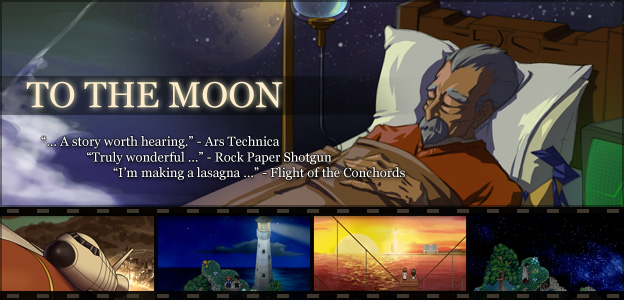


 Brütal Legend is, in most cases, a swell game. “Just swell?” you ask, thinking that usually when I like a game, I have trouble using adjectives that aren’t “awesome.” But yes Brütal Legend, is only swell. And while many of its parts far exceed that and delve deep into the realm of the aforementioned awesome, the sum of those parts is maybe a little lacking. Now I bet you’re thinking that such a complicated summary of a game’s worth will require an even more complicated explanation. And I’d be glad to give you one!
Brütal Legend is, in most cases, a swell game. “Just swell?” you ask, thinking that usually when I like a game, I have trouble using adjectives that aren’t “awesome.” But yes Brütal Legend, is only swell. And while many of its parts far exceed that and delve deep into the realm of the aforementioned awesome, the sum of those parts is maybe a little lacking. Now I bet you’re thinking that such a complicated summary of a game’s worth will require an even more complicated explanation. And I’d be glad to give you one! That love, to be specific, is for metal. And I’m not talking periodic table metal here. I mean the fastest, loudest, most genuine kind of music known to man. Tim Schaffer, the game’s creative director (and mind behind gems like The Secret of Monkey Island and Psychonauts), set out to make the ultimate video game tribute to heavy metal, and I don’t believe that (outside of Guitar Hero 2, perhaps) a better claim to the title exists. Brütal Legend’s world is maybe not as gigantic as some, but it’s certainly more interesting. Where other open-world video games feature fairly generic cities with little original scenery and only a handful of truly interesting things to see, the world of Brütal Legend was built specifically to catch your eye at every corner.
That love, to be specific, is for metal. And I’m not talking periodic table metal here. I mean the fastest, loudest, most genuine kind of music known to man. Tim Schaffer, the game’s creative director (and mind behind gems like The Secret of Monkey Island and Psychonauts), set out to make the ultimate video game tribute to heavy metal, and I don’t believe that (outside of Guitar Hero 2, perhaps) a better claim to the title exists. Brütal Legend’s world is maybe not as gigantic as some, but it’s certainly more interesting. Where other open-world video games feature fairly generic cities with little original scenery and only a handful of truly interesting things to see, the world of Brütal Legend was built specifically to catch your eye at every corner. The other reason you’re going to take the time to roam the land is because of the Deuce’s Mouth of Metal. Or in layman’s terms: the radio. Brutal Legend has one of the best video game soundtracks that I’ve ever heard, right up on par with Guitar Hero 2 and Tony Hawk’s American Wasteland. Possibly even better. If you were to
The other reason you’re going to take the time to roam the land is because of the Deuce’s Mouth of Metal. Or in layman’s terms: the radio. Brutal Legend has one of the best video game soundtracks that I’ve ever heard, right up on par with Guitar Hero 2 and Tony Hawk’s American Wasteland. Possibly even better. If you were to  The bosses are one-on-one affairs (er… sort of, they can both summon minor enemies), and that’s why it kind of stumbles. Again, while on foot, Eddie’s combat controls aren’t great. They use a Zelda-esque lock-on system, but it feels unrefined and maybe less responsive than it should be. Enemies are also very resilient, and their attacks are rarely interrupted by hits. They also tend to track you as you dodge, so even if you get out of the way while they’re winding up for an attack, they might still end up facing you by the time it launches. These are huge issues when surrounded by baddies, which results in you taking a lot more damage than you should, but it’s not quite as bad mano-e-demono.
The bosses are one-on-one affairs (er… sort of, they can both summon minor enemies), and that’s why it kind of stumbles. Again, while on foot, Eddie’s combat controls aren’t great. They use a Zelda-esque lock-on system, but it feels unrefined and maybe less responsive than it should be. Enemies are also very resilient, and their attacks are rarely interrupted by hits. They also tend to track you as you dodge, so even if you get out of the way while they’re winding up for an attack, they might still end up facing you by the time it launches. These are huge issues when surrounded by baddies, which results in you taking a lot more damage than you should, but it’s not quite as bad mano-e-demono.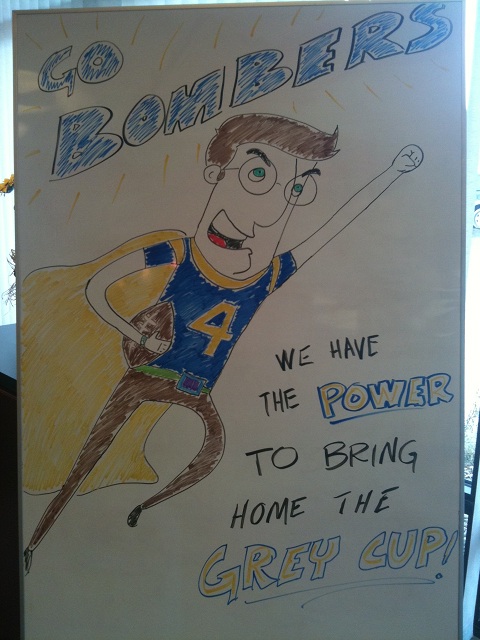

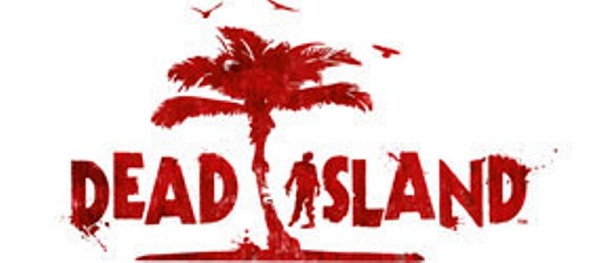 I’ve recently been spending large chunks of my weekends on Dead Island, and I’ve got pretty mixed feelings about it. For the tl;dr crowd: I like it, and I’m pretty sure that if you like Fallout 3 you’ll find much to enjoy here.
I’ve recently been spending large chunks of my weekends on Dead Island, and I’ve got pretty mixed feelings about it. For the tl;dr crowd: I like it, and I’m pretty sure that if you like Fallout 3 you’ll find much to enjoy here.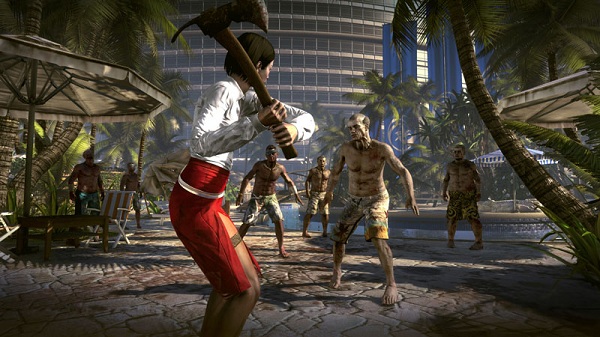
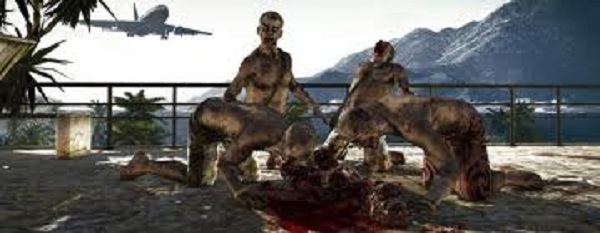 Outside of thugs though, removing limbs isn’t strictly necessary, as by the time you’ve got that second arm off, that zombie’s probably re-dead anyway. Decapitation, of course, is always your best bet. They’re zombies! And they’re scary! A lone zombie isn’t much trouble; you’re equipped with a kick move that almost guarantees knocking a ghoul down, and once they’re down, they’re meat. Though as I noted before, a bunch of zombies can easily tear you a new one. I don’t know how many times now I was poking around and got mobbed by a group of four or five zombies. It doesn’t sound like a lot, but they hit hard and flail around pretty quickly. Especially the “infected” class of zombies, who are Dead Island’s version of the Hollywood zombie. Not that classifying the fast ones as “infected” makes a lick of sense. Aren’t all of them infected? Isn’t that the problem?
Outside of thugs though, removing limbs isn’t strictly necessary, as by the time you’ve got that second arm off, that zombie’s probably re-dead anyway. Decapitation, of course, is always your best bet. They’re zombies! And they’re scary! A lone zombie isn’t much trouble; you’re equipped with a kick move that almost guarantees knocking a ghoul down, and once they’re down, they’re meat. Though as I noted before, a bunch of zombies can easily tear you a new one. I don’t know how many times now I was poking around and got mobbed by a group of four or five zombies. It doesn’t sound like a lot, but they hit hard and flail around pretty quickly. Especially the “infected” class of zombies, who are Dead Island’s version of the Hollywood zombie. Not that classifying the fast ones as “infected” makes a lick of sense. Aren’t all of them infected? Isn’t that the problem?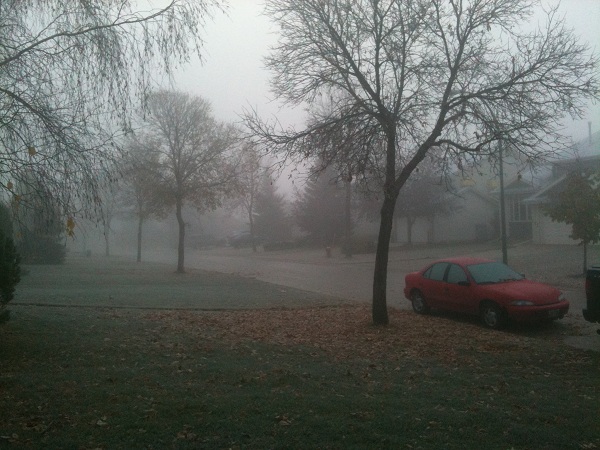
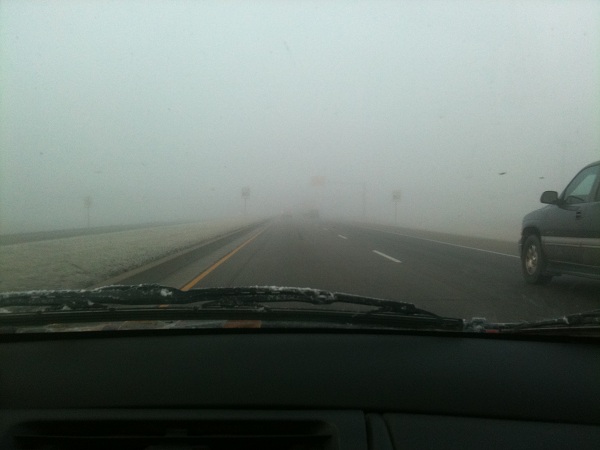
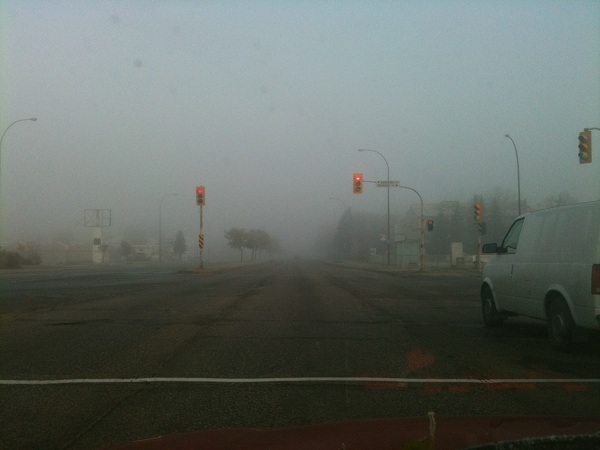
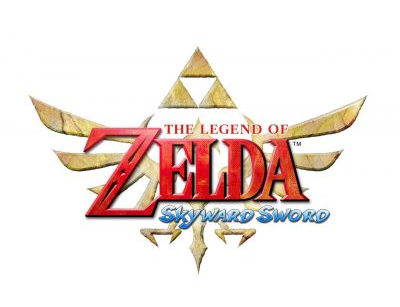 I think it’s a tad odd how excited I am for The Legend of Zelda: Skyward Sword. Well, I mean, no, it’s not odd at all. A new console Zelda is always a huge deal for Nintendo fanboys. What I mean is that it’s a much bigger deal for me than Twilight Princess was. Maybe I was so excited about the Wii launch that my hype for new Zelda was diminished a bit, but I don’t remember being nearly as excited for it as I am Skyward Sword. I know for sure that I wasn’t counting the days.
I think it’s a tad odd how excited I am for The Legend of Zelda: Skyward Sword. Well, I mean, no, it’s not odd at all. A new console Zelda is always a huge deal for Nintendo fanboys. What I mean is that it’s a much bigger deal for me than Twilight Princess was. Maybe I was so excited about the Wii launch that my hype for new Zelda was diminished a bit, but I don’t remember being nearly as excited for it as I am Skyward Sword. I know for sure that I wasn’t counting the days.